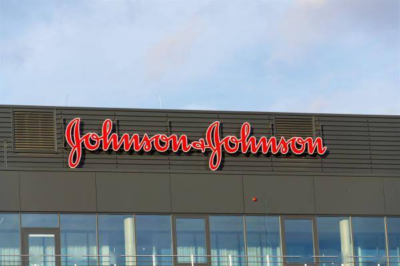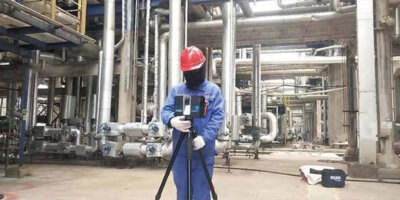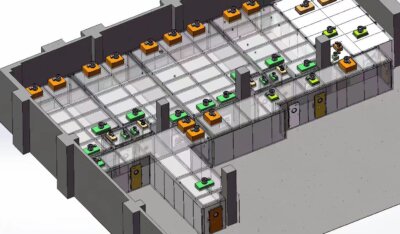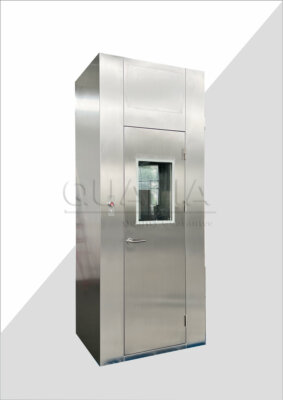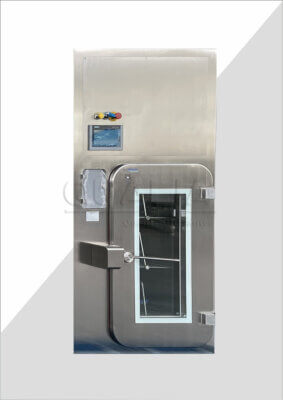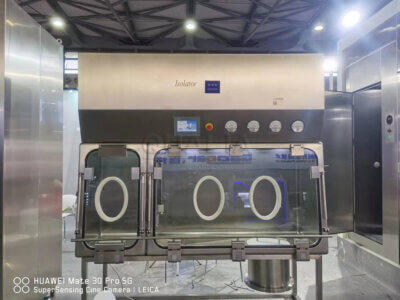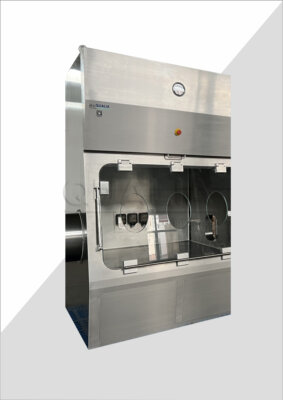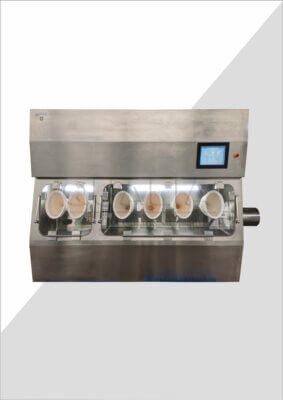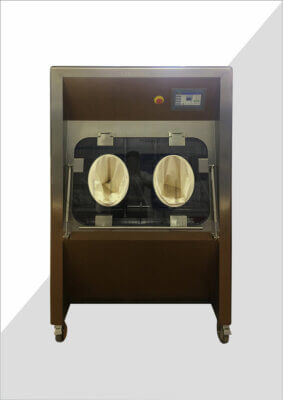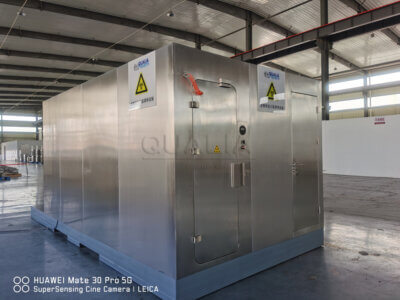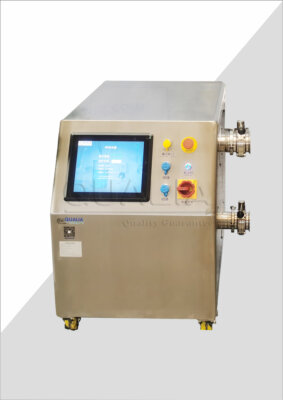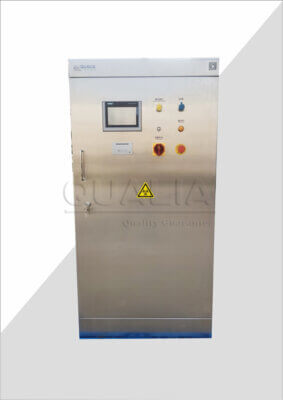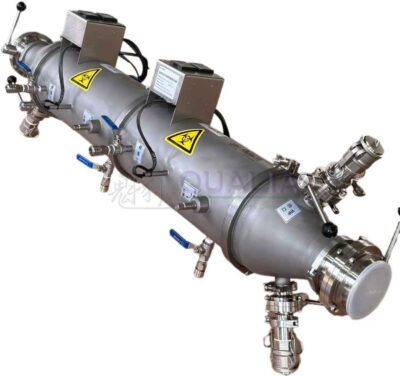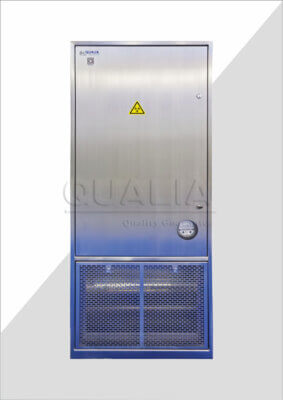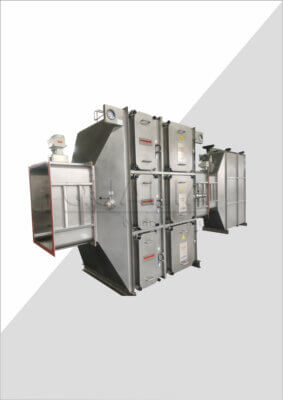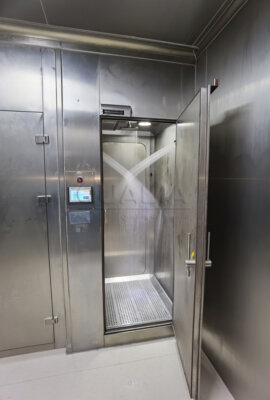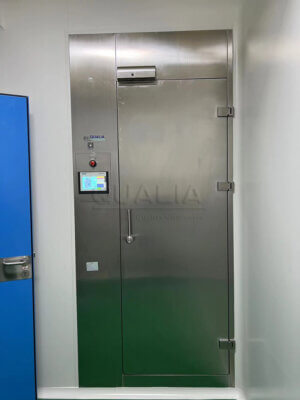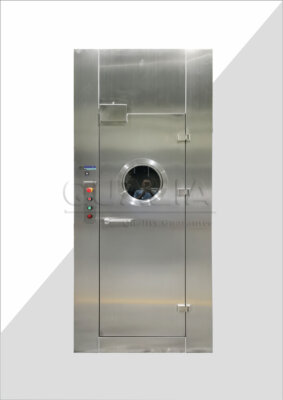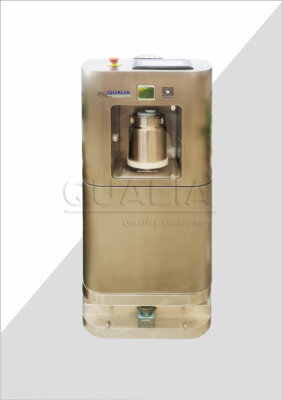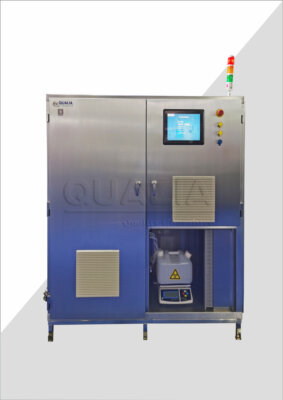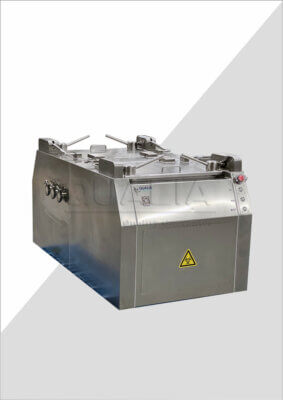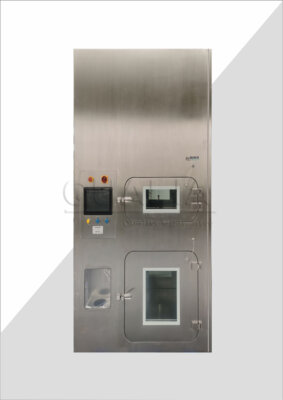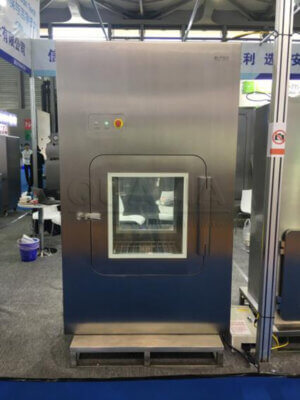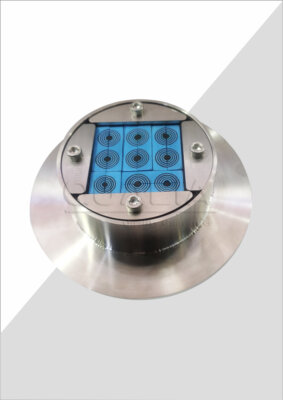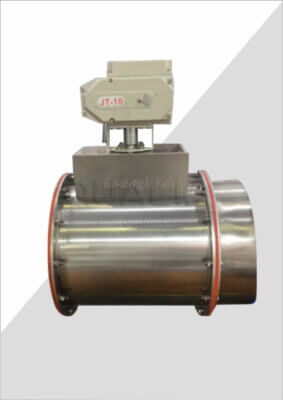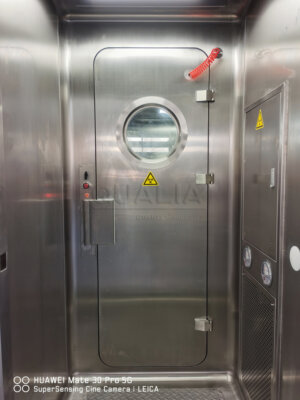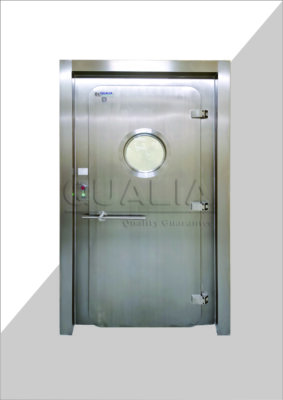In the realm of precision and purity, cleanrooms stand as the bastions of quality and safety, particularly in industries like pharmaceuticals, electronics manufacturing, and aerospace. But have you ever wondered what makes one cleanroom classier than the others? Let's delve into the world of cleanrooms and uncover the secrets behind the cleanest of them all.
The Cleanroom Universe
A cleanroom is more than just a room; it's a highly controlled environment designed to minimize contamination and maintain stringent levels of cleanliness. These environments are crucial for industries where even the tiniest particles can have monumental consequences. For instance, in the aerospace sector, a single speck of dust could lead to catastrophic failures, making cleanrooms the unsung heroes of modern manufacturing.
The ISO Standard: The Gold Benchmark
The cleanliness of a cleanroom is determined by the International Organization for Standardization (ISO), specifically through the ISO 14644-1 standard. This standard categorizes cleanrooms into nine classes, ranging from ISO 1 to ISO 9, with ISO 1 being the cleanest and ISO 9 the least clean. The classification is based on the maximum allowable concentration of airborne particles per cubic meter of air.
The Cleanest of Them All: ISO 1
So, what is the cleanest cleanroom class? The answer lies in the ISO 1 classification. An ISO 1 cleanroom is the epitome of cleanliness, allowing no more than 10 particles (0.1 μm) per cubic meter. This level of purity is achieved through rigorous controls, including the use of ULPA (Ultra-Low Penetration Air) filters, high air change rates, and meticulous monitoring of airflow and air-pressure differentials.
Achieving Perfection: The Requirements
To maintain an ISO 1 cleanroom, several stringent requirements must be met:
- Air Filtration: ULPA filters are essential to capture even the smallest particles.
- Air Changes: The air must be changed 360 to 540 times per hour to ensure constant purity.
- Airflow: Average airflow velocity must be between 0.305 and 0.457 meters per second.
- Monitoring: Regular testing of particle counts, airflow, and air-pressure differentials is mandatory.
Real-World Applications
While ISO 1 cleanrooms are the cleanest, they are not commonly used due to their extreme requirements. However, industries that demand absolute purity, such as nanotechnology and certain biotechnology processes, may necessitate such environments. For most applications, cleanrooms with slightly lower classifications, like ISO 3 or ISO 4, are more practical and still maintain very high standards of cleanliness.
QUALIA: Your Partner in Cleanroom Excellence
At QUALIA, we understand the importance of cleanroom classifications and the stringent standards they must meet. Whether you're in the pharmaceutical, electronics, or aerospace industry, our expertise in designing and maintaining cleanrooms ensures that your products are manufactured in the cleanest and safest environments possible. With a focus on precision and quality, QUALIA is your trusted partner in achieving the highest cleanroom standards.
In conclusion, the cleanest cleanroom class is undoubtedly ISO 1, a benchmark of purity and precision. While it may be the most stringent, understanding and adhering to these standards is crucial for industries that demand the highest levels of cleanliness and safety. With QUALIA, you can rest assured that your cleanroom meets the gold standard of ISO 14644-1, ensuring your products are of the highest quality and safety.
Related Contents:
- What are the General Requirements for a Clean Room?
- Double-Chamber VHP Passbox: Enhancing Efficiency and Flexibility
- What is a Modular Cleanroom?
- Ensuring Sterility and Safety: The Cutting-Edge Solutions from QUALIA
- What is the Difference Between Stick Built and Modular Cleanrooms?
- What is a Cleanroom Model?
- Enhancing Facility Safety with Bag In Bag Out (BIBO) Systems: A Comprehensive Overview
- Ensuring Sterility and Safety: A Deep Dive into QUALIA’s ShowerSeries
- What are the OSHA Requirements for Clean Rooms?

